The Santhal Rebellion: Indigenous Uprisings Against British Rule in Eastern India
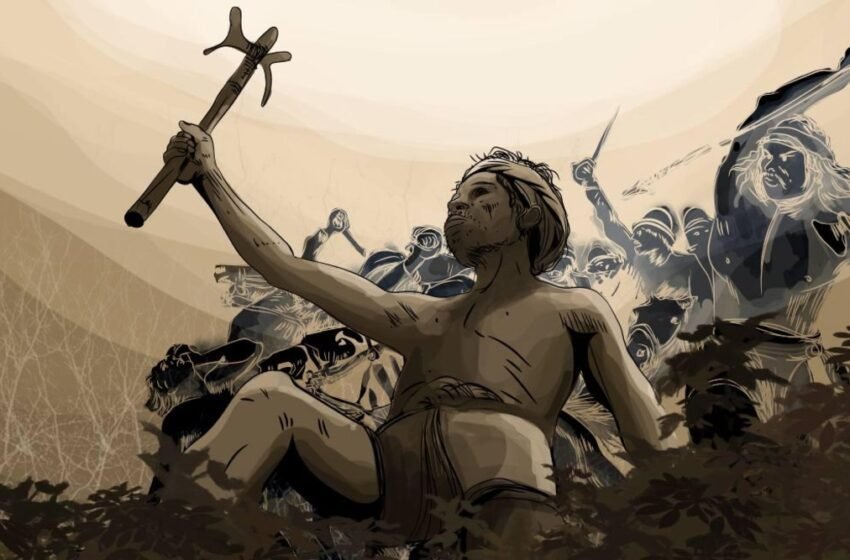
Every huge achievement requires the effort of each and any atomic feats of smaller achievements. And this is, for a fact, de facto when it comes to the discussion and learning about the Indian independence for freedom. The maiden step to this was the uprising of 1857 or the Great Revolt of 1857, often referred to as “the first war of Indian independence”. 2 years before, in 1855, the Santhal Rebellion, otherwise known as Sonthal Rebellion or Santal Hool, took place on June 30 and proved to be an atomic feat to the 1857 uprising. The rebellion occurred in present-day Jharkhand and West Bengal against the East India Company (EIC) and the Zamindari system and lasted for roughly 7 months. On January 3, 1856, the martial law proclaimed by the East India Company was suspended and the rebellion was subsequently suppressed by the presidency armies ( consisting of the Bengal Army, the Madras Army and the Bombay Army). This was led by 4 Murmu brothers – Sido, Kanhu, Chand, and Bhairav, and also their two sisters, Phulo and Jhano.
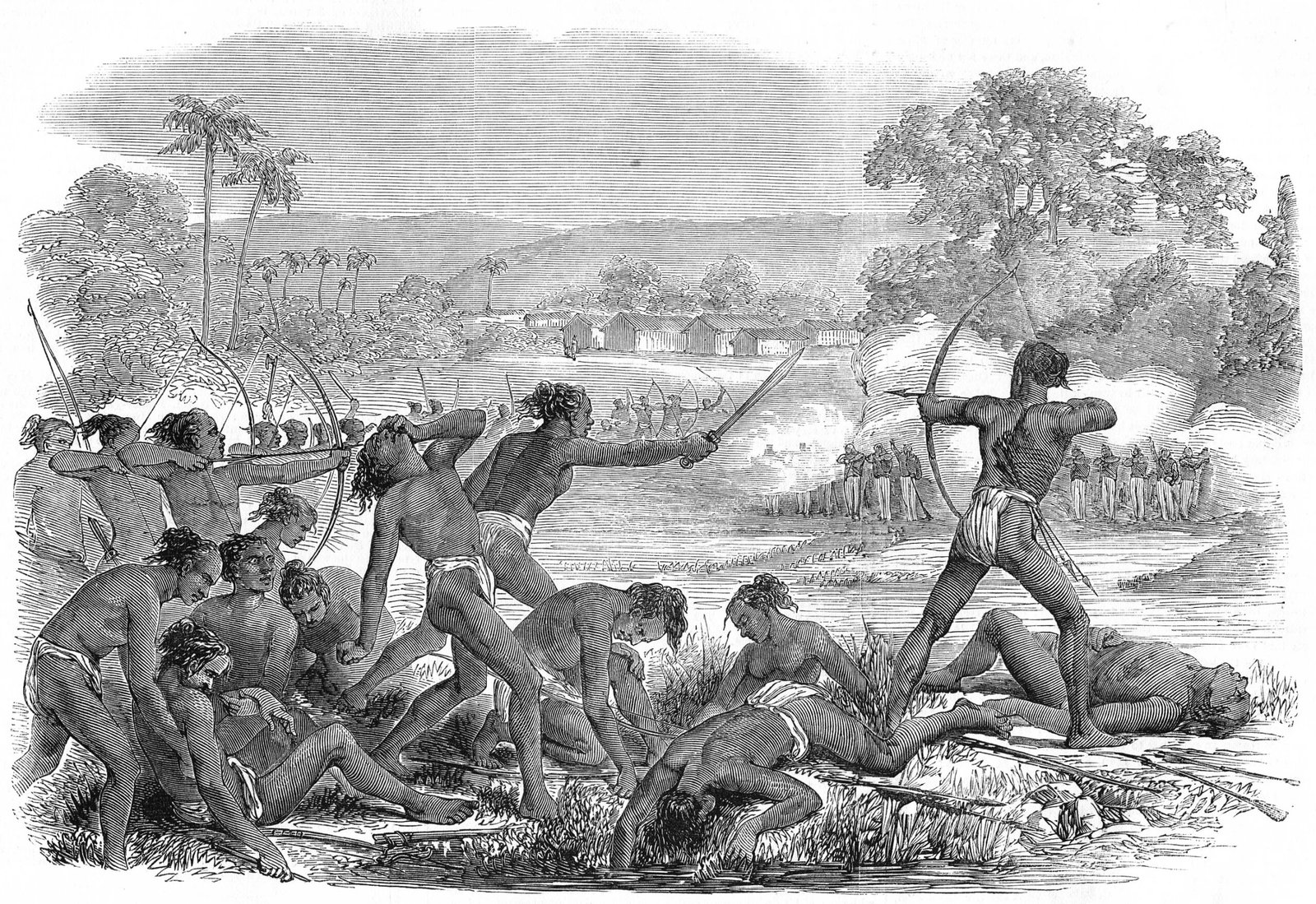
Origin
The Santhals are the largest tribal group in India today as per the census and are native to the Indian states of predominantly Jharkhand, West Bengal and Odisha. They were originally agricultural people who were settled in and around the Rajmahal Hills of Bihar. A peaceful community that practised fishing, hunting and mainly, shifting agriculture. Moreover, they engaged in commercial activity through the barter system wherein they exchanged goods for their required services.
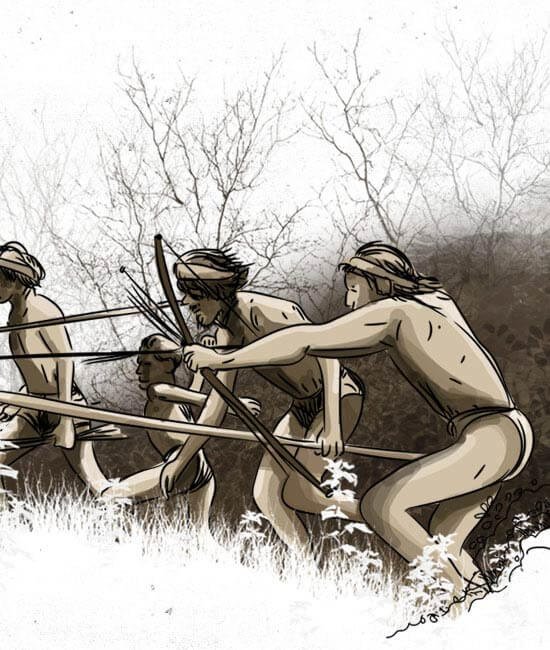
After the Battle of Plassey in 1757 and the Battle of Buxar in 1764, the East Indian Company successfully established their hegemony over Indian provinces including Bengal, Bihar, and Orissa. And in these areas, the then Governor-General Lord Cornwallis introduced the Permanent Land Settlement in 1793 which rendered the Santhals landless bonded labourers in their homelands. Under this system, the landlords had indissoluble and hereditary rights over the tribal lands as long as they paid a fixed tax revenue to the British government, and so, they increased land taxes and engaged in exploitative practices. If the bonded labourers were not able to pay the rent on time, the British government would auction the large sector of land to anyone who would pay them a fixed revenue. This soon forced them into displacement and subjugated them to corrupt money-lending practices.
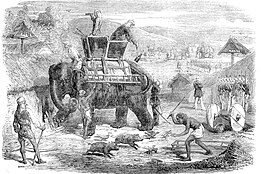
The Damin-i-Koh region (now a part of Jharkhand) was established by the East India Company in 1832. Under the assurance of non-interference in their land and also due to the promises of land and economic amenities, the Santhals were urged to reside there. But soon they were being taken advantage of by the Zamindars and the tax-collection agents who reduced them to abject poverty by heavy debts. With no other way, they were compelled to borrow from moneylenders which resulted in a considerable debt load. And due to their history of bartering, they had a hard time adjusting to the usage of currency, a by-product of colonial intervention, which added to their debt. As a result, they had to borrow money from lenders at a plethoric rate that ultimately trapped them into a vicious cycle.
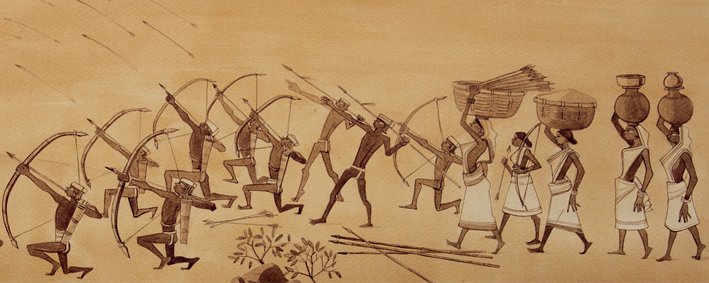
Journey
The mounding humiliation of poverty, being landless on their turf, resistance to British policy and reclaiming their traditional way of life all contrived and led to the eruption of the Santhal Rebellion. On June 30, 1855, around 10,000 Santhals gathered and heralded a revolt against the British East India Company. They had organized their forces including villagers, farmers and even women and were led by Sidhu and Kanhu Murmu. The Santhals used guerilla warfare tactics to drive the British from their homeland and targeted the storehouses of Zamindars, moneylenders and their collaborators by slaughtering and setting them up on fire. Consequently, they were able to capture large areas of their land and all forms of communication including postal and railroad connectivity were disrupted.
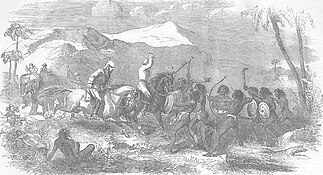
The uprising took the British government by surprise and they initially sent a small contingent to suppress the rebellion but it soon turned out to be unsuccessful. This flamed the fires of the rebellion and the situation seemed to get out of control. Soon the East India Company dispatched a large number of troops to quell the rebellion. The Santhal’s bows and arrows were no match for the heavy-loaded weapons of the Britishers. Aside from that, Martial Law was imposed on November 10, 1855, which allowed the British to exercise strict control over the rebellious area by detaining and interrogating anyone who was suspected of corroborating the rebellion. A bifold situation seemed to take place whereby the landlords supported the government while the local people supported the Santhals in full ardour.

The uprising was repressed after Sidhu and Kanhu were arrested and killed by the British soldiers, who also burned down their villages. An estimated number of 15,000 Santhals were brutally massacred and many were displaced. The rebellion was officially suppressed on January 3, 1856, with the Martial Law being withdrawn. One upright thing about the Santhals was that they were fierce but honourable warriors. They used poisonous arrows for hunting but never deployed them at their oppressors. These events also led to the passing of the Santhal Parganas Tenancy Act in 1876 which aimed to furnish some protection to the Santhals against exploitation Nevertheless, they continued to confront challenges in reclaiming their land and asserting their rights.
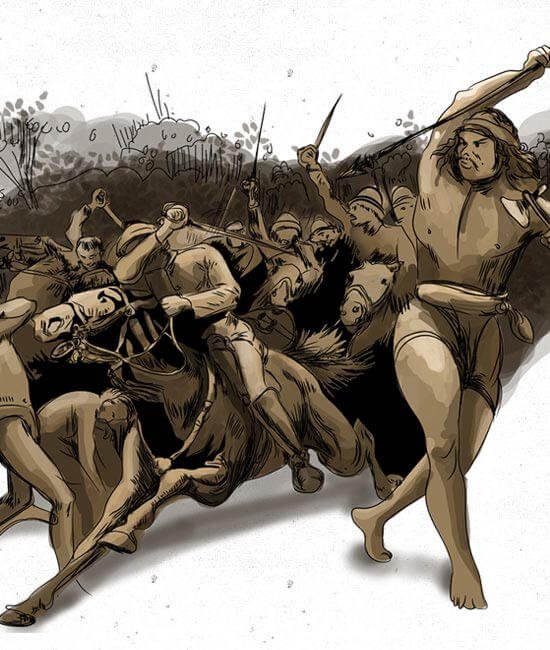
Conclusion
The Santhal Rebellion fostered a sense of unity among the Santhals and also resulted in the escalating feeling of nationalism. Conjointly, it added to the Santhal identity as such. It was a blow to the British powers yet a poignant demonstration of the use of weapons, their tactics and also good leadership qualities. This chapter of history stands out as a significant moment of colonial resistance, indigenous protest and resilience against British rule. It heavily impacted the creation of the state of Jharkhand in 2000 and catalyzed the Naxalite movements. Though it may have been overshadowed by the 1857 uprising, it remains one of the first of many geneses.


